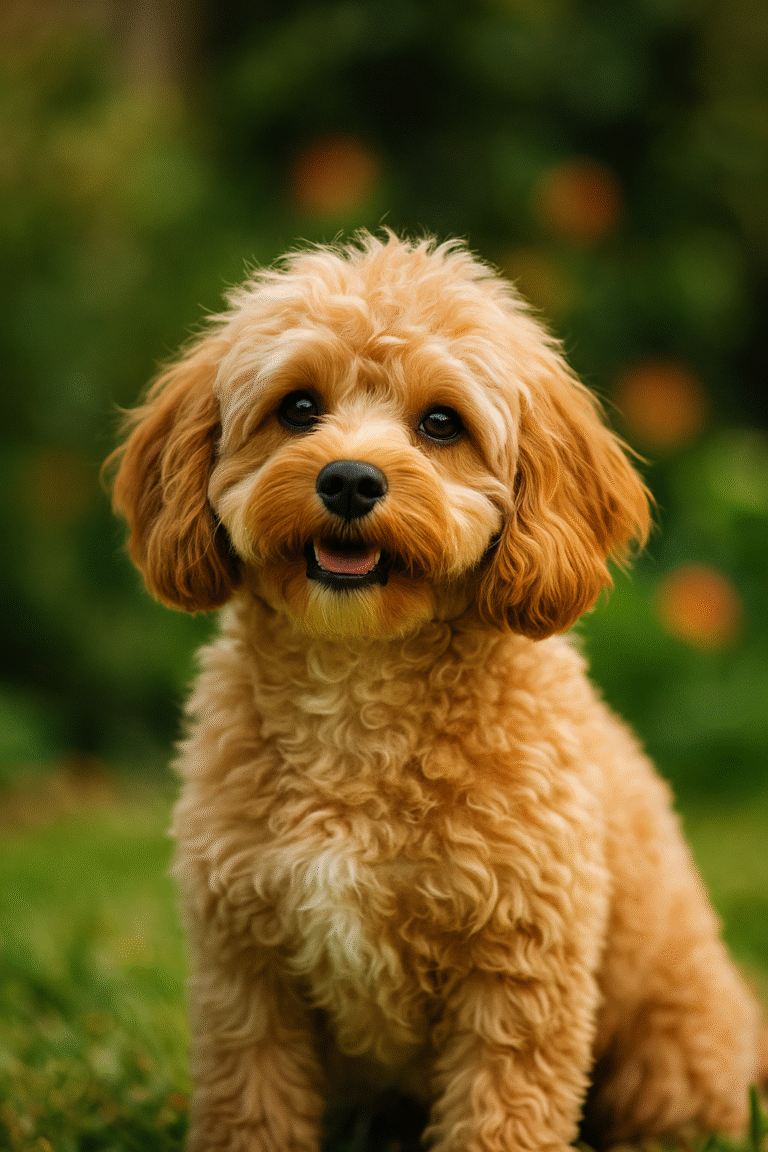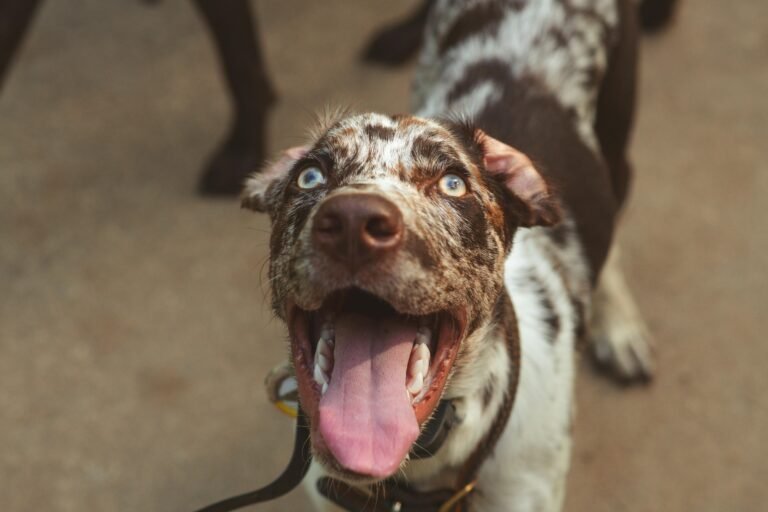The Norwegian Lundehund is one of the world’s most unique and mysterious dog breeds. With its extraordinary anatomical adaptations and storied history rooted in Norway’s rugged islands, this small but agile canine was bred for a very particular job: puffin hunting. Yes, you read that right—this dog is part contortionist, part spelunker, and all heart.
Origins: A Puffin Hunter’s Best Friend
The name “Lundehund” comes from the Norwegian words “lunde” (puffin) and “hund” (dog). Originating on the island of Værøy in northern Norway, these dogs were once indispensable to villagers who relied on puffins as a source of food and feathers. Navigating rocky cliffs and tight crevices, the Lundehund was uniquely suited for the task.
What Makes the Lundehund So Unique?
This breed isn’t just rare—it’s biologically bizarre (in the best way!). Here’s what sets the Lundehund apart:
- Six toes per foot: Unlike other breeds, the Lundehund has six fully formed toes, giving it exceptional grip.
- Flexible neck: Its neck can bend backward so far that the top of its head touches its back!
- Ear closure: It can fold its ears shut to keep out dirt and moisture while crawling in tunnels.
- Extreme shoulder flexibility: It can splay its legs to the side like a human doing a split.
These features evolved to help the dog climb slippery rocks and maneuver through narrow caves where puffins nested.
A Near-Brush with Extinction
World War II and distemper outbreaks nearly wiped out the breed. By the 1960s, only six Lundehunds remained in Norway. Thanks to intense conservation efforts, breeders began reviving the breed—but the limited gene pool led to chronic health issues, especially Lundehund Syndrome (a gastrointestinal disorder).
Temperament and Personality
The Norwegian Lundehund is:
- Alert and lively
- Sensitive to changes in routine
- A bit reserved with strangers
- Loyal to family
They need early socialization and positive reinforcement training. Because of their independence and wariness, they aren’t ideal for first-time dog owners unless the adopter is committed to understanding the breed’s quirks.
Grooming and Care
Lundehunds have a double coat that sheds seasonally. Weekly brushing and occasional baths keep them looking neat. Their ears, teeth, and claws need regular attention—especially the extra toes!
Daily walks, puzzle toys, and mental stimulation are must-haves. They may excel in agility or scent work, thanks to their heritage.
Is the Lundehund Right for You?
If you want a dog that’s rare, intelligent, and conversation-worthy at the dog park, the Lundehund might be for you. However, be ready for:
- Digestive issues and a specialized diet
- Potential behavioral sensitivity
- The need for
The Norwegian Lundehund: The Poles, the Pouches, and the Perils
The Norwegian Lundehund is one of the world’s most unique and mysterious dog breeds. With its extraordinary anatomical adaptations and storied history rooted in Norway’s rugged islands, this small but agile canine was bred for a very particular job: puffin hunting. Yes, you read that right—this dog is part contortionist, part spelunker, and all heart.
Origins: A Puffin Hunter’s Best Friend
The name “Lundehund” comes from the Norwegian words “lunde” (puffin) and “hund” (dog). Originating on the island of Værøy in northern Norway, these dogs were once indispensable to villagers who relied on puffins as a source of food and feathers. Navigating rocky cliffs and tight crevices, the Lundehund was uniquely suited for the task.
What Makes the Lundehund So Unique?
This breed isn’t just rare—it’s biologically bizarre (in the best way!). Here’s what sets the Lundehund apart:
- Six toes per foot: Unlike other breeds, the Lundehund has six fully formed toes, giving it exceptional grip.
- Flexible neck: Its neck can bend backward so far that the top of its head touches its back!
- Ear closure: It can fold its ears shut to keep out dirt and moisture while crawling in tunnels.
- Extreme shoulder flexibility: It can splay its legs to the side like a human doing a split.
These features evolved to help the dog climb slippery rocks and maneuver through narrow caves where puffins nested.
A Near-Brush with Extinction
World War II and distemper outbreaks nearly wiped out the breed. By the 1960s, only six Lundehunds remained in Norway. Thanks to intense conservation efforts, breeders began reviving the breed—but the limited gene pool led to chronic health issues, especially Lundehund Syndrome (a gastrointestinal disorder).
Temperament and Personality
The Norwegian Lundehund is:
- Alert and lively
- Sensitive to changes in routine
- A bit reserved with strangers
- Loyal to family
They need early socialization and positive reinforcement training. Because of their independence and wariness, they aren’t ideal for first-time dog owners unless the adopter is committed to understanding the breed’s quirks.
Grooming and Care
Lundehunds have a double coat that sheds seasonally. Weekly brushing and occasional baths keep them looking neat. Their ears, teeth, and claws need regular attention—especially the extra toes!
Daily walks, puzzle toys, and mental stimulation are must-haves. They may excel in agility or scent work, thanks to their heritage.
Is the Lundehund Right for You?
If you want a dog that’s rare, intelligent, and conversation-worthy at the dog park, the Lundehund might be for you. However, be ready for:
- Digestive issues and a specialized diet
- Potential behavioral sensitivity
- The need for






